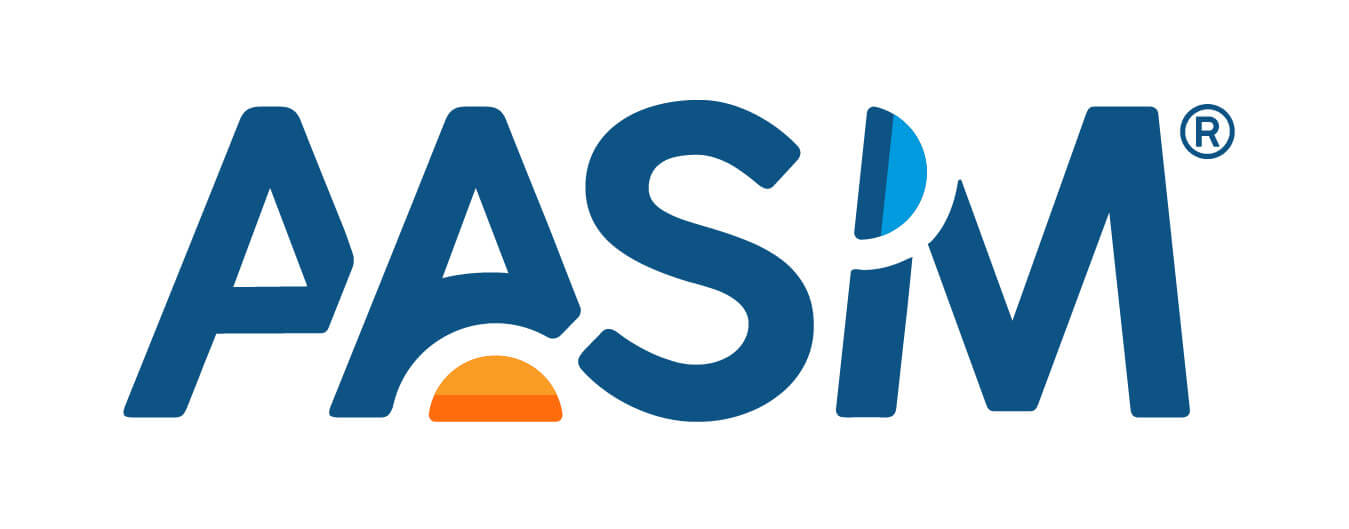On Dec. 20, Senate Republicans advanced the Tax Cuts and Jobs Act (H.R. 1), a bill that will cut taxes for the large majority of American individuals while also cutting corporate tax rates significantly from 35% to 21%. In passing this legislation, they join their House colleagues who passed an identical bill on Dec. 19. The final votes passed both chambers through party lines, and the bill was signed into law by President Donald Trump on Friday, Dec. 22.
Republicans applauded the passage of the bill, the first tax overhaul in more than 30 years. Detractors noted the bill’s hefty $1.5 trillion price tag, which will be added to the nation’s deficit, and they highlighted its generous cuts targeted toward wealthy Americans. However, many Republicans contend that the tax reform will lead to economic growth, which will benefit all Americans and eventually pay for itself.
While financially focused, the tax bill also carries considerable health care implications – most significantly, the repeal of the Affordable Care Act (ACA) individual mandate. Opponents of the bill fear that a repeal of the ACA’s individual mandate will increase insurance premiums, ultimately leading to an estimated 13 million Americans losing insurance coverage. Regarding this provision of the bill, President Trump declared, “We essentially repealed Obamacare.”
The bill will also lower the threshold for deducting medical expenses from 10% of a person’s income to 7.5% until 2019.
To learn more about the tax bill’s implications on your personal finances, access a customizable tax bill calculator.
Photo: President Donald J. Trump celebrates the passage of the Tax Cuts Act with Vice President Mike Pence, Senate Majority Leader Mitch McConnell, and Speaker of the House Paul Ryan | December 20, 2017 (Official White House Photo by Joyce N. Boghosian)
Updated Dec. 22, 2017









